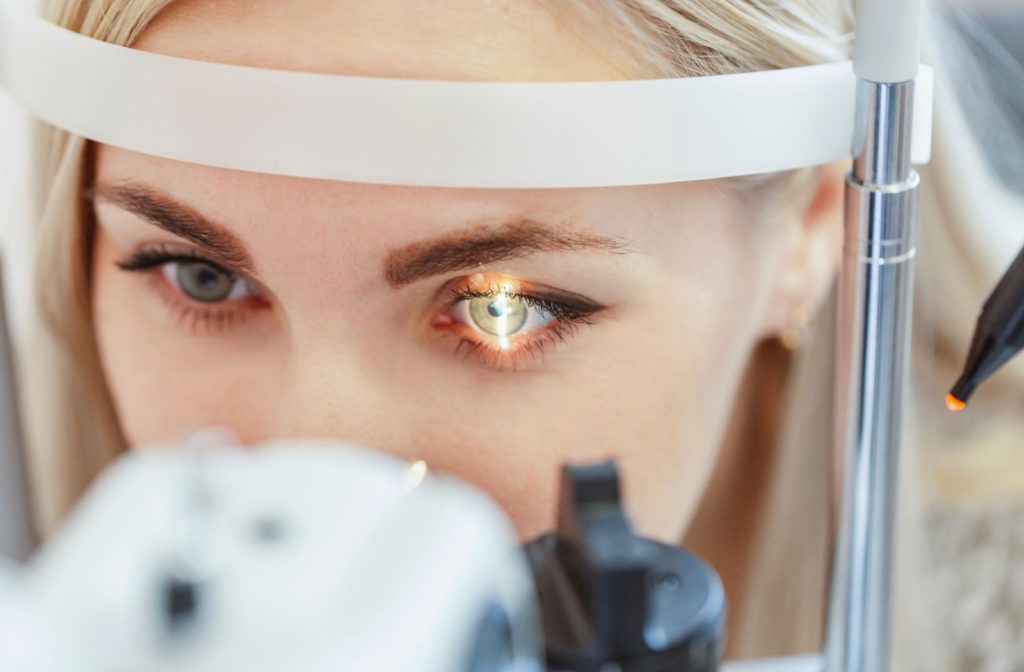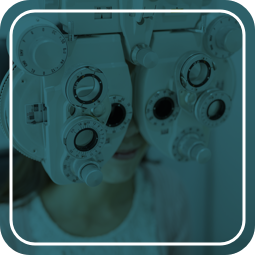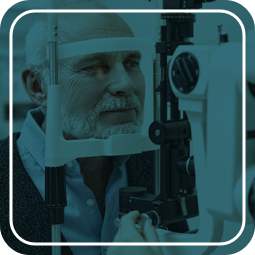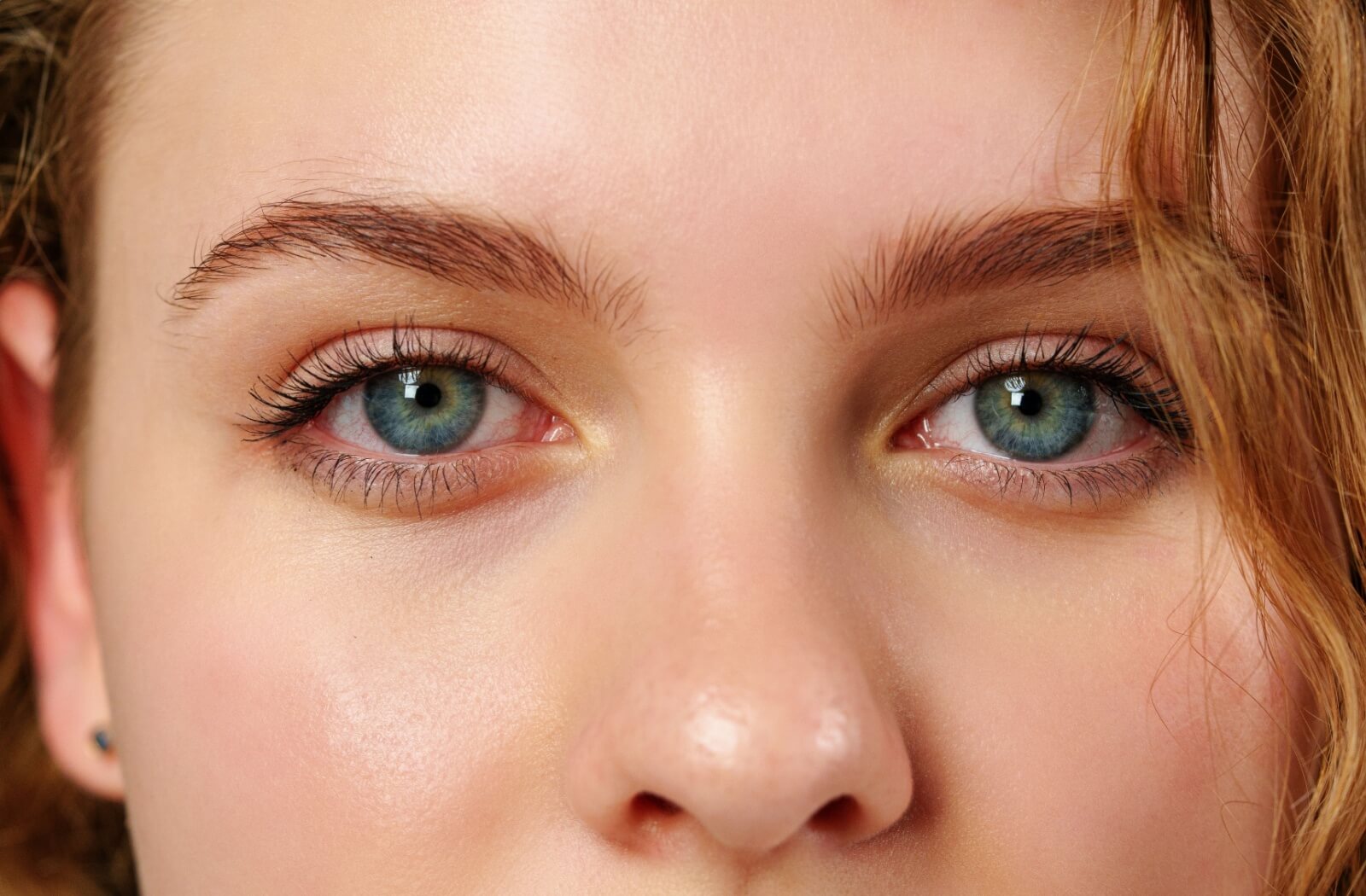Eye exams extend beyond vision prescriptions. There are several types of eye exams, with each one providing a different focus in assessing and monitoring ocular health.
The frequency of each exam depends on one’s age, ocular needs, and overall health. Children and seniors are encouraged to have a comprehensive eye exam once a year while adults aged 19 to 64 should have an exam every two years.
Contact lens wearers should attend an annual contact lens exam and fitting, while individuals with diabetes are recommended to have a diabetic eye exam every year.
Importance of Eye Exams
Eye exams help detect, monitor, and treat various eye conditions before they develop into something worse.
Many eye diseases, such as glaucoma and macular degeneration, can progress silently, impacting our eyes and therefore our vision before noticeable symptoms appear. Regular eye appointments allow for early detection, which is key to managing these conditions effectively.
Beyond ocular health, eye exams can also reveal systemic health issues. Conditions like diabetes, high blood pressure, and high cholesterol can be detected in the eyes, and identified during ocular health assessments. Detecting these issues early on can lead to quicker intervention and better general health outcomes.
Comprehensive Eye Exams
A comprehensive eye exam includes a vision assessment to confirm that the patient’s eye prescription is up-to-date, as well as an overall health check of the eyes. At the end of the session, patients may receive a new prescription for eyeglasses if needed.
The length of the comprehensive exam varies depending on age, potential concerns, and eye health. A children’s eye exam may take 20 to 45 minutes while adult and senior exams may take 30 to 45 minutes.
Children’s Eye Exams
During childhood, the eyes grow and develop rapidly, often leading to significant changes in vision. Our eyes stop growing and our vision stabilizes at around age 20. Children can have their first eye exam as young as 6 months old!
Due to ocular growth and significant jumps in prescription, children 18 years and younger are encouraged to have a comprehensive exam once a year.
If the optometrist suspects that a child’s eyes are overfocusing during the exam, they may suggest a cycloplegic refraction. This involves using eye drops to temporarily dilate and relax eye muscles, preventing the eye from changing focus during the exam. This exam will help obtain an accurate vision prescription.
Adult Eye Exams
Our eyes stop growing and our vision stabilizes around age 20, adults 19 to 64 are encouraged to have an eye exam once every two years.
Even if one has no problems with their vision, adults should have an eye exam once they hit age 40. Doing so is important because routine screenings may uncover vision changes, like presbyopia, which tends to manifest around this period of life.
Senior Eye Exams
Aging can increase one’s risk of developing vision challenges. This is why adults 65 and older are recommended to have an exam once a year.
Older adults are at a higher risk for developing:
- Low vision
- Increased glare sensitivity
- Vision injuries related to falls
- Age-related macular degeneration (AMD)
- Cataracts

Contact Lens Exams
Contact lens exams are very similar to comprehensive exams, but include a contact lens fitting and contact lens prescription alongside a prescription for eyeglasses. Individuals who wear these lenses should visit their optometrist once every year for an exam since contact lens prescriptions expire annually.
An annual fitting will confirm that your lenses fit properly and are comfortable to wear. Ill-fitting lenses can lead to discomfort and even damage your eyes over time. If not handled correctly, contacts can increase the risk of infections and other eye problems.
Your vision can change over time, and an annual exam ensures that your contact lens prescription is up-to-date, providing you with the clearest vision possible.
Diabetic Eye Exams
In addition to comprehensive exams, individuals with type 1 or type 2 diabetes are encouraged to have a diabetic eye exam once a year.
Diabetes increases one’s risk of developing eye conditions like glaucoma, diabetic retinopathy, and diabetic macular edema, which can manifest with little to no noticeable symptoms.
Unlike a comprehensive exam, a diabetic health check does not include a vision prescription. Rather, your optometrist focuses on assessing the internal structures of the eye using dilation drops and advanced imaging to detect microscopic changes that would otherwise be missed.
It may take between 20 to 30 minutes for the eyes to dilate. Once dilated, advanced imaging includes fundus photos and OCT scans to collect a detailed view of the macula, optic nerve, and blood vessels. These images and scans help to identify any swelling or abnormal blood vessel growth caused by diabetic retinopathy.
In some cases, while undergoing a diabetic health check, optometrists might also like to check for glaucoma by further assessing your peripheral vision using a visual field test. An early sign of glaucoma is the decline in peripheral vision sensitivity and a loss of retinal tissue, which is detected by OCT testing.
The visual field test detects patterns of vision loss that tell your optometrist you could have glaucoma. Visual field testing can uncover differing patterns in vision loss that are also associated with tumors, strokes, elevated intracranial pressure, and other conditions within the retina aside from glaucoma.
Due to the extensive nature of this exam, a diabetic health check may take between 45 to 60 minutes, or even longer if a patient is also undergoing glaucoma work testing.
Book an Appointment
Factors like age, vision needs, and other health conditions impact the frequency of eye exams. Whether it’s a comprehensive eye exam, a contact lens fitting, or a diabetic eye exam, staying proactive about your eye health can lead to better health outcomes and quality of life.Connect with our team at Downtown Eyecare & The Contact Lens Department to schedule your next eye exam!















